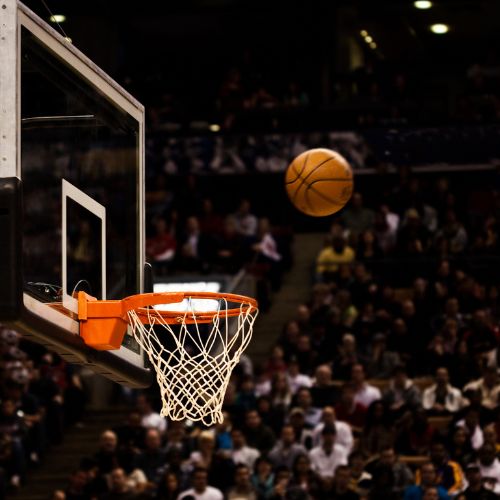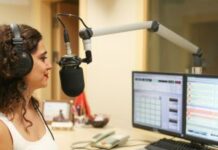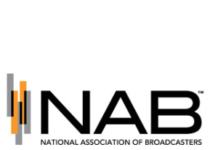
As morning shows and radio hosts across the US discuss the first two rounds of March Madness today, new data is highlighting how radio reaches college basketball fans before, during, and after the games and can be an advertiser’s “Most Valuable Platform.”
Grads rooting for their alma mater, would-be office bracket champions, and seasoned sports bettors all have AM/FM in common. Audacy analysis is highlighting how their stations and on-demand content reach 18 million NCAA basketball fans every week. Of those listeners, ones interested in the men’s and women’s tournaments
Recent studies have shed light on the distinct characteristics of the radio audience compared to TV viewers, revealing that AM/FM listeners are more engaged and passionate about NCAA basketball. This heightened engagement includes a higher likelihood of being NCAA college alumni, increased game follow-ups, and a preference for radio coverage over TV broadcasts, even to the point of muting TV in favor of AM/FM audio.
The demographic of tournament radio listeners is diverse and affluent, with a notable presence of young adults and women, underscoring the inclusive appeal of college basketball. This broad listener base presents an attractive opportunity for advertisers to connect with engaged and diverse audiences.
Westwood One had similar findings earlier this year. The network’s coverage of college basketball reaches 20 million people each season.
Research by MARU/Matchbox and analysis from Nielsen Portable People Meter and Nielsen Scarborough provide insights into the demographic and behavioral traits of the radio audience. Notably, the 18-34 age demographic shows a greater reach for Westwood One’s radio coverage compared to television, with radio being a close second to streaming video. The radio audience also trends younger, is more likely to be employed, and has larger households with children, compared to TV viewers. Additionally, AM/FM listeners are significantly more inclined to engage in sports betting, with a 294% higher likelihood to place bets than the average American.
These listeners are not just passive consumers but are also more likely to be in the market for major purchases, such as home remodeling, switching insurance providers, and buying new tech gadgets. Furthermore, NCAA March Madness radio listeners are seen as influencers, likely to impact the purchasing decisions of others, amplifying the reach and effectiveness of advertisements beyond the broadcasts themselves.
The cumulative data underscore the importance of including radio in March Madness advertising campaigns. Incorporating audio ads alongside video can yield a 9% incremental reach lift, with nearly half of the audience experiencing amplified frequency benefits. This suggests that radio advertising during the NCAA tournament not only captures a highly engaged and influential audience but also enhances the overall effectiveness of advertising efforts.









